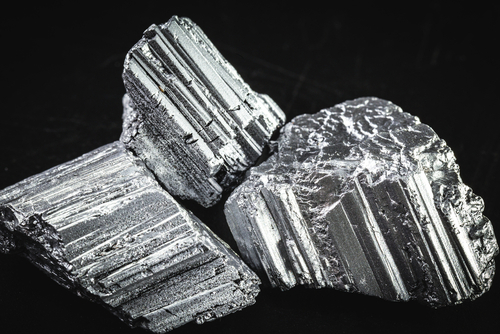
The House Majority Policy Committee recently held a hearing at Penn State University to discuss the critical mineral and rare earth element industry.
Critical minerals and rare earth elements are used to build technology such as medical devices, windmills and solar panels, smartphones and touch screens, computer chips, and state-of-the-art defense systems. They include cobalt and manganese.
According to Dr. Sarma Pisupati, Penn State Center for Critical Minerals director, the United States imports 30 of the 50 critical minerals and at least 50 percent of another 14 of the 50 elements.
“The United States has only 1 percent of the world’s reserves, whereas China has 37 percent,” Pisupati said. “Russia is also a global mineral powerhouse. As a result of the war with Ukraine and ensuing sanctions on Russia, the critical mineral supply chain is affected even more. The only way to break this foreign reliance is to build a robust domestic supply chain.”
Penn State has been working on secondary resources. Pisupati explained to the committee about the development of a patent-pending process to cleanly and more effectively recover elements from acid mine drainage.
Testifiers said a pilot plant operating on an economic basis would attract larger amounts of capital.